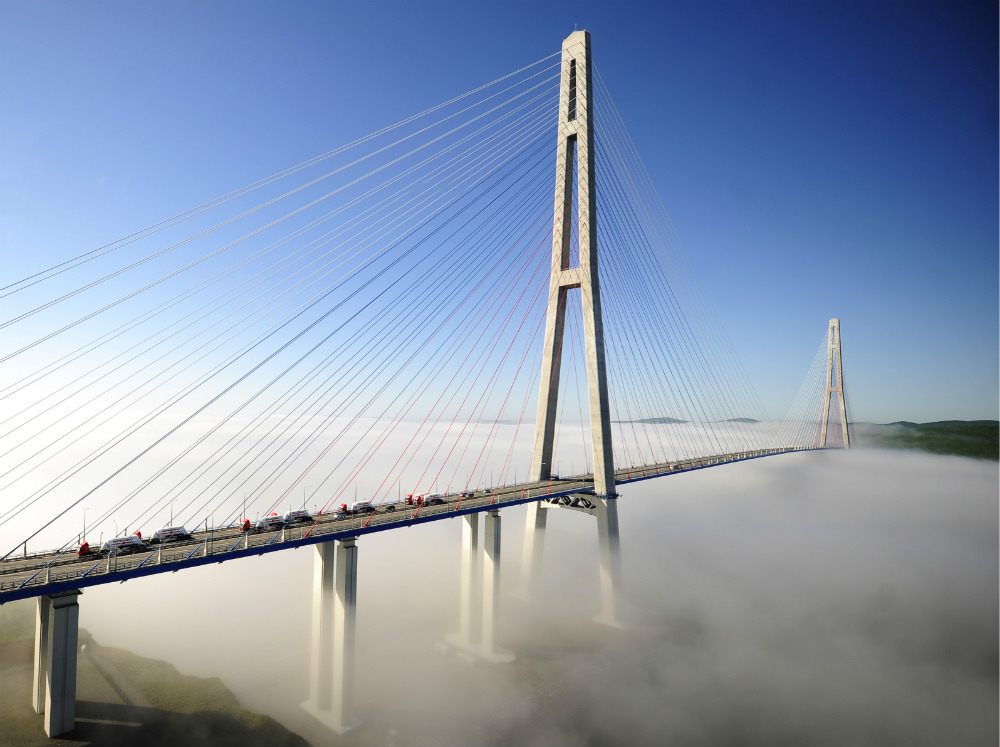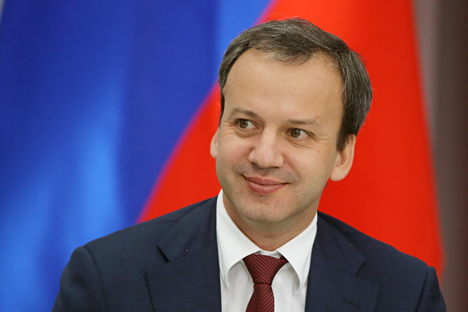Investment boom in Russian Far East: officials

VladivostokThe growth of investment in the Far East was also confirmed by the state-owned statistical agency Rosstat and the Central Bank of Russia. Source: TASS
Deputy Prime Minister Yury Trutnev and Far East Development Minister Alexander Galushka told President Vladimir Putin earlier this month that the introduction of new mechanisms to support investment projects in the Far East is paying dividends. The officials said, 80 billion rubles ($1.2 billion) worth of government investment in the region in 2016 has seen 950 billion rubles ($14.34 billion) coming in via private investments.
The state-owned statistical agency Rosstat and the Central Bank of Russia have also confirmed this growth of investment in the Far East, but specialists say that the money coming through offshore companies may comprise funds of Russian companies.
Galushka's May 4 report to the president was devoted to an investment boom in the Far East. He said the volume of investments in 2016, attracted because of the new support mechanisms, have already exceeded 1 trillion rubles, of which 950 billion rubles is private investment, while 80 billion rubles are public funds.
“For each budget ruble we attract 12 private rubles,” Galushka said in the report. The volume of investments may exceed 2 trillion rubles by the end of the year, he added. This would ensure the creation of 200 new businesses and 55,000 jobs in the Far East by 2023. A total of 16 enterprises will be set up this year, 41 in 2017 and as many as 70 in 2018, Galushka said.
However, according to Rosstat, budgetary investments in the Far East have normally accounted for around a quarter of all capital investments. The agency's estimates of the investment in 2014 are four times lower than those of the Central Bank (820 billion rubles).
Rosstat’s Russian Far East figures do not include foreign investments – even if they are funding this boom.
Most of the foreign investments come to the Far East from offshore companies (from Cyprus, the British Virgin Islands, the Bahamas and Bermuda) and these funds could originate from Russian companies.
Ivan Zuyenko, senior lecturer at the Far Eastern Federal University, confirmed this to Kommersant. Almost all investments in the Far East are Russian, he said. Foreign investments to the Russian Far East have mainly gone to oil and gas projects in Sakhalin.
“It turns out that the statements of the investment attractiveness of the Far East for our neighbours in the Asia-Pacific region do not conform to reality,” said Zuyenko. “For example, China accounts for only a tiny percentage of the total volume of foreign investments.”
The special attention paid by the authorities to the Far East is to particularly prevent the population exodus from the region. The inflow of funds and jobs has not stopped emigration, but may have played a part in slowing it down from 80 people per 10,000 in 2005 to 40 per 10,000 in 2014, Rosstat figures indicate. Emigration from the region was lower only in 2011 and 2012.
The statistical agency has recorded an increase in the volume of foreign migrants to the Russian Far East (from 3.3 percent of all arrivals in Russia in 2005 to 12.8 percent in 2014). This increase primarily pertains to Kamchatka (every third migrant is a foreigner), as well as to Primorye (one in six), Khabarovsk Territory and the Amur Region (one in seven).
This is an abridged version of an article first published in Russian by Kommersant. Written by Yevgeniya Kryuchkova, Oleg Sapozhnikov, Tatyana Yedovina.
All rights reserved by Rossiyskaya Gazeta.
Subscribe
to our newsletter!
Get the week's best stories straight to your inbox

